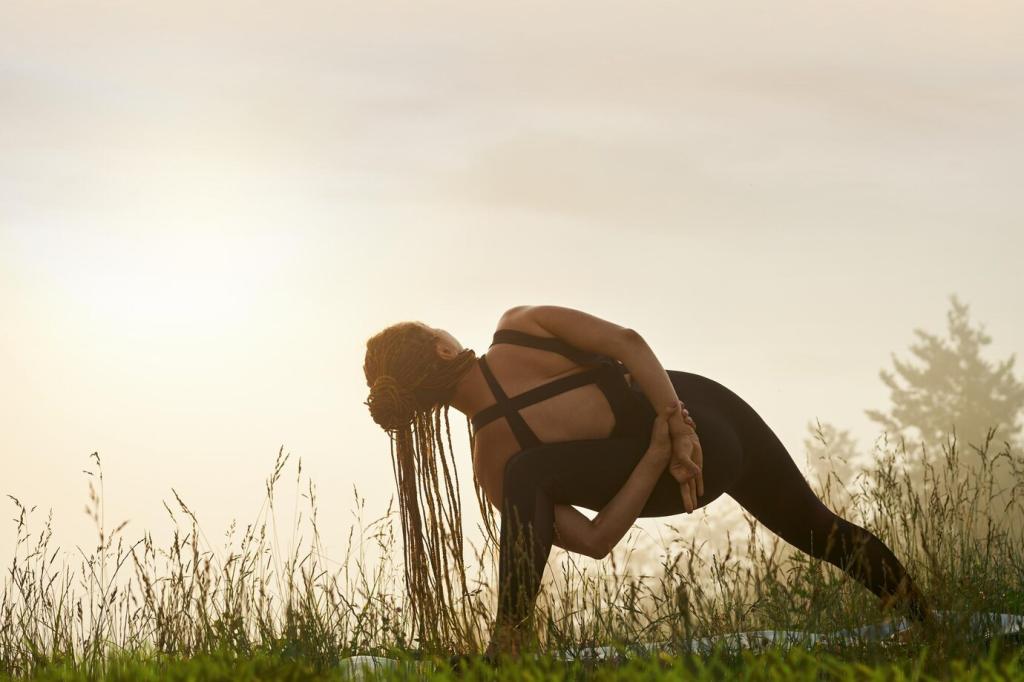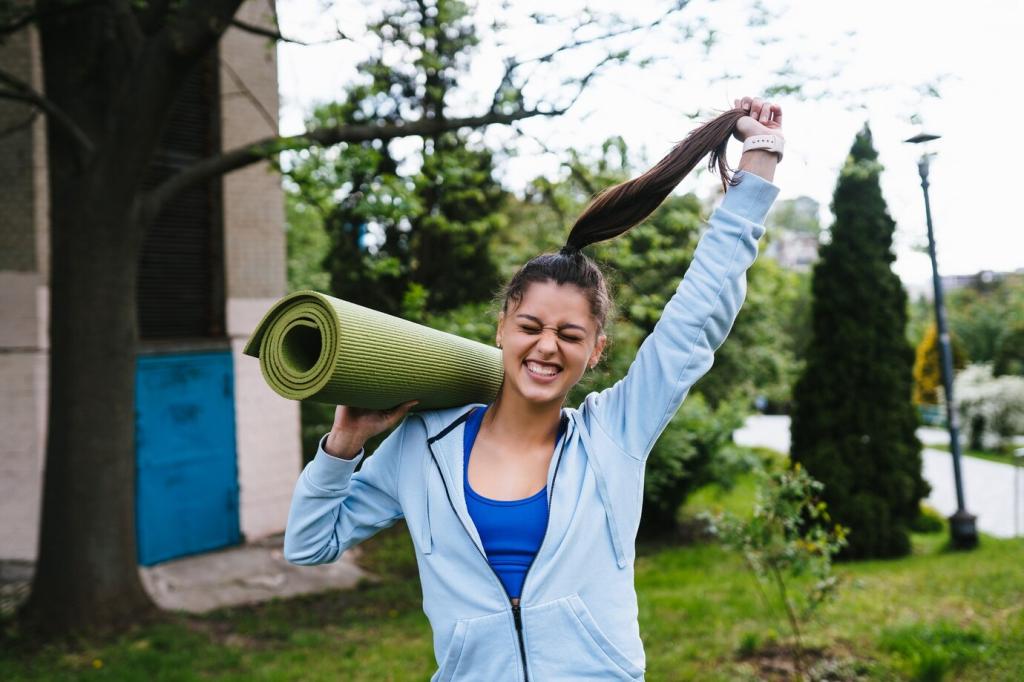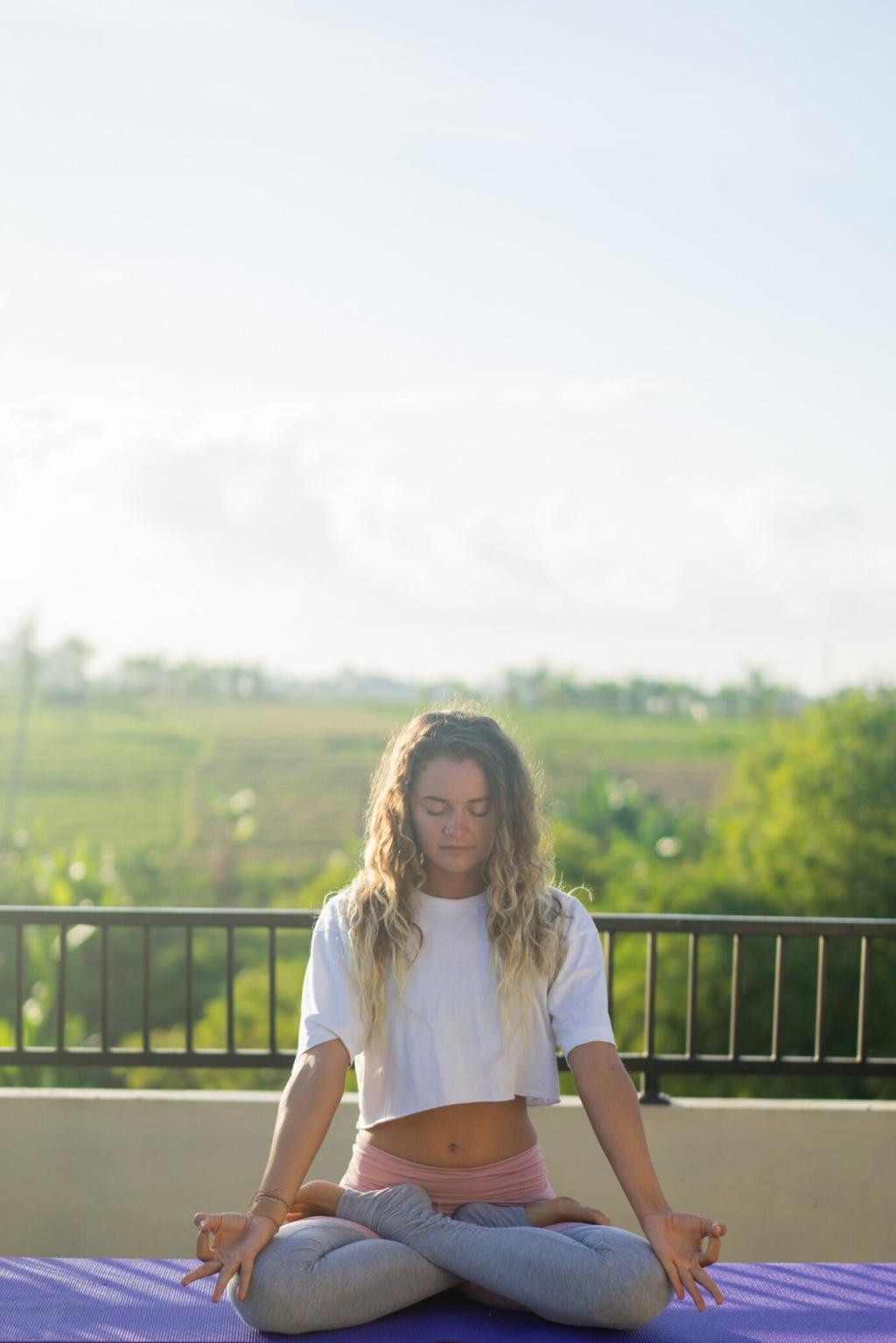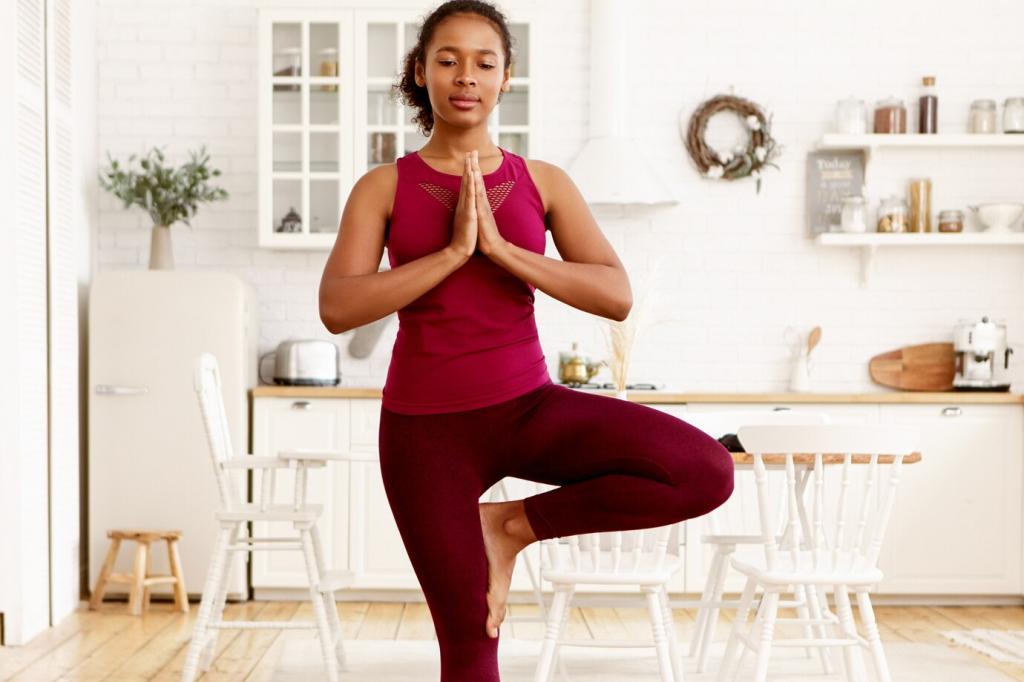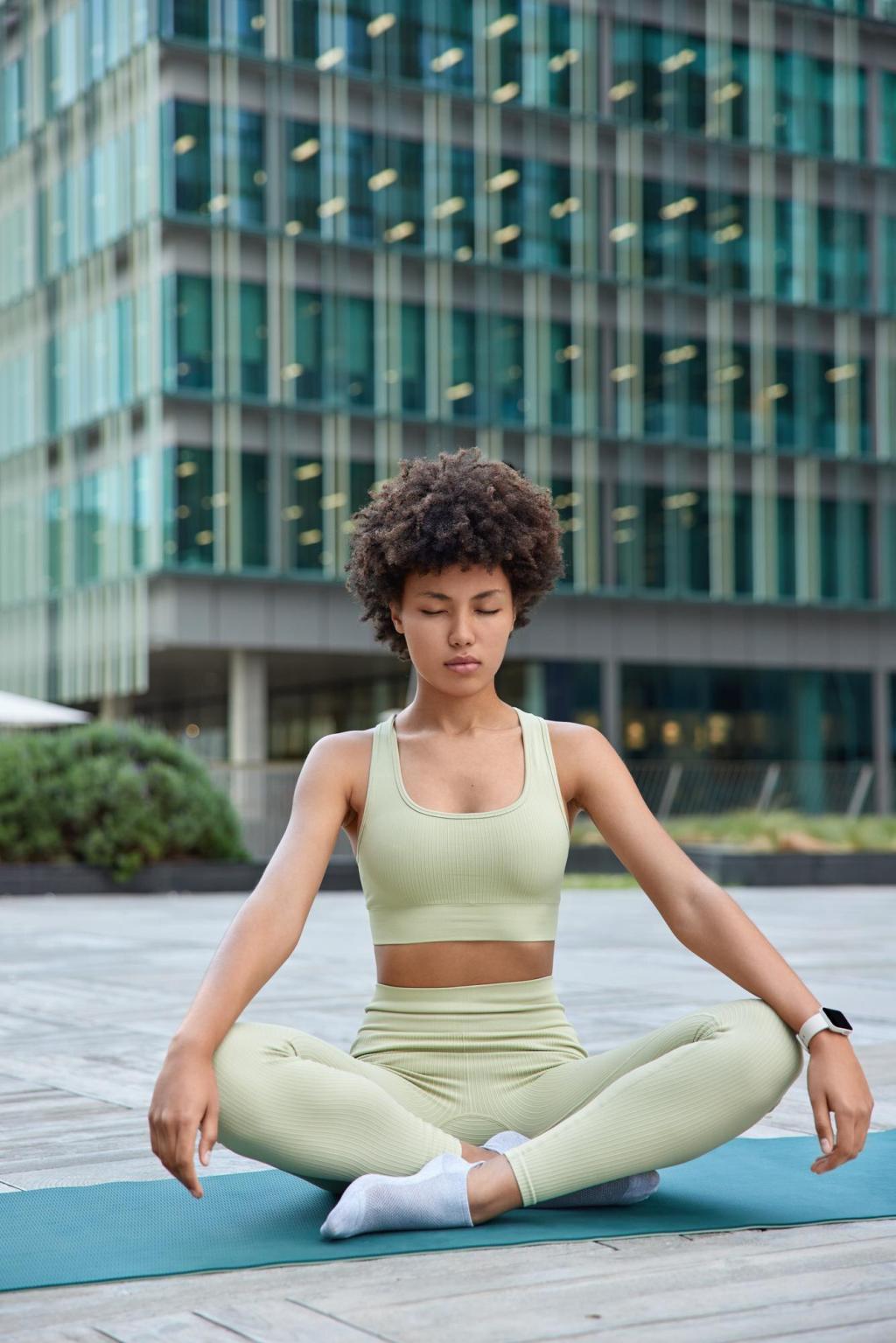Breathwork: The Quiet Engine
Inhale for four, hold for four, exhale for four, hold for four. Repeat for two minutes to calm sympathetic overdrive. This simple square steadies the mind in heated moments. Bookmark it and report back on where it helped you most.
Breathwork: The Quiet Engine
Lengthening your exhale activates parasympathetic tone and can support heart-rate variability. Try five counts in and seven counts out. Notice subtle shifts—jaw softening, shoulders settling, thoughts untangling—and share your observations to inspire others.

